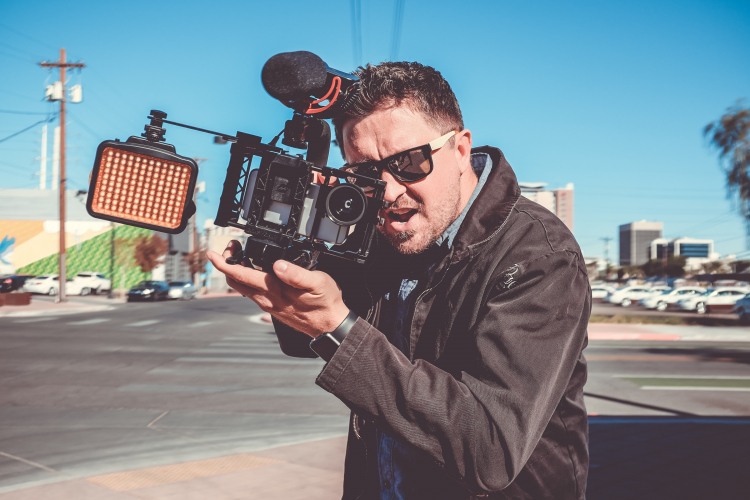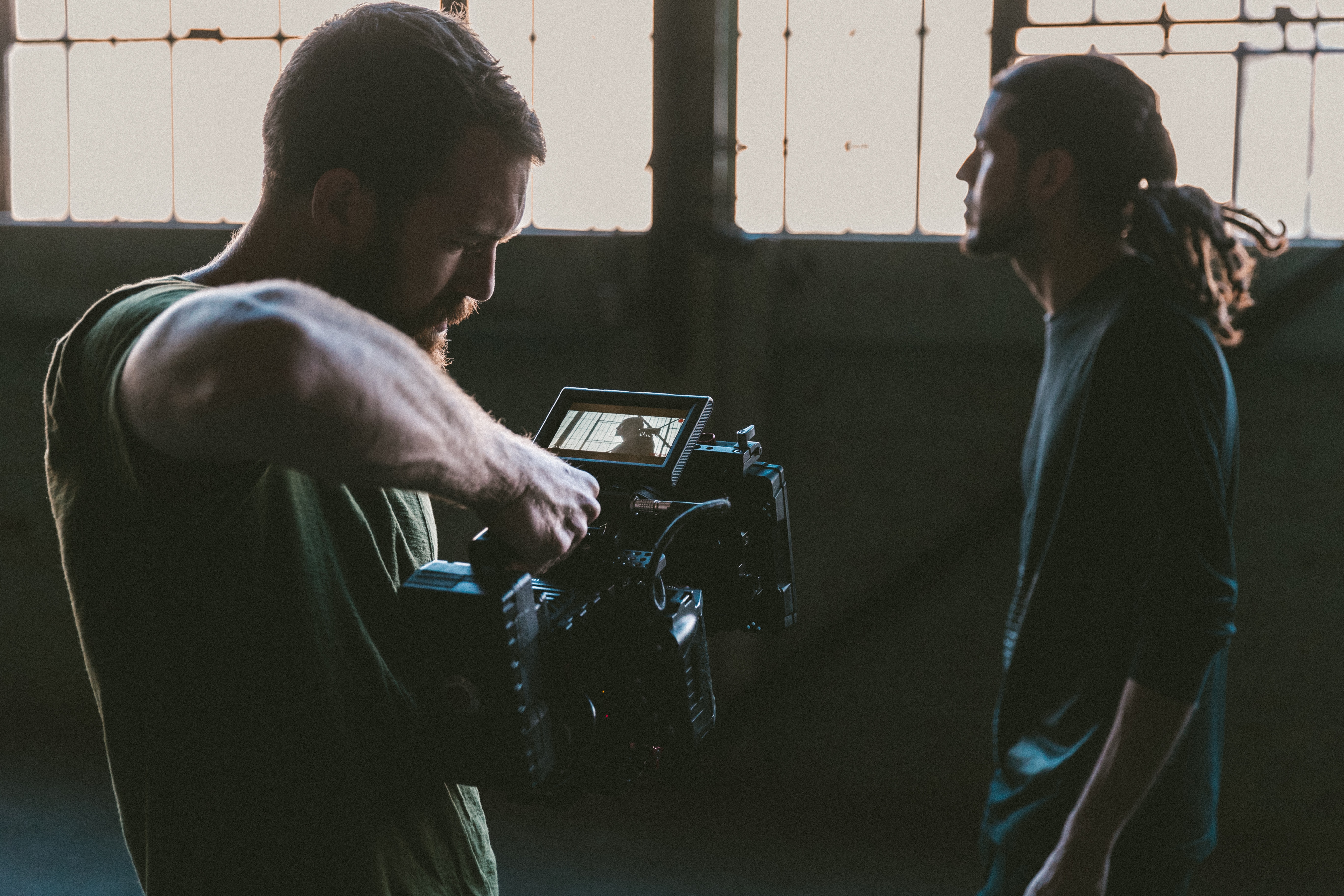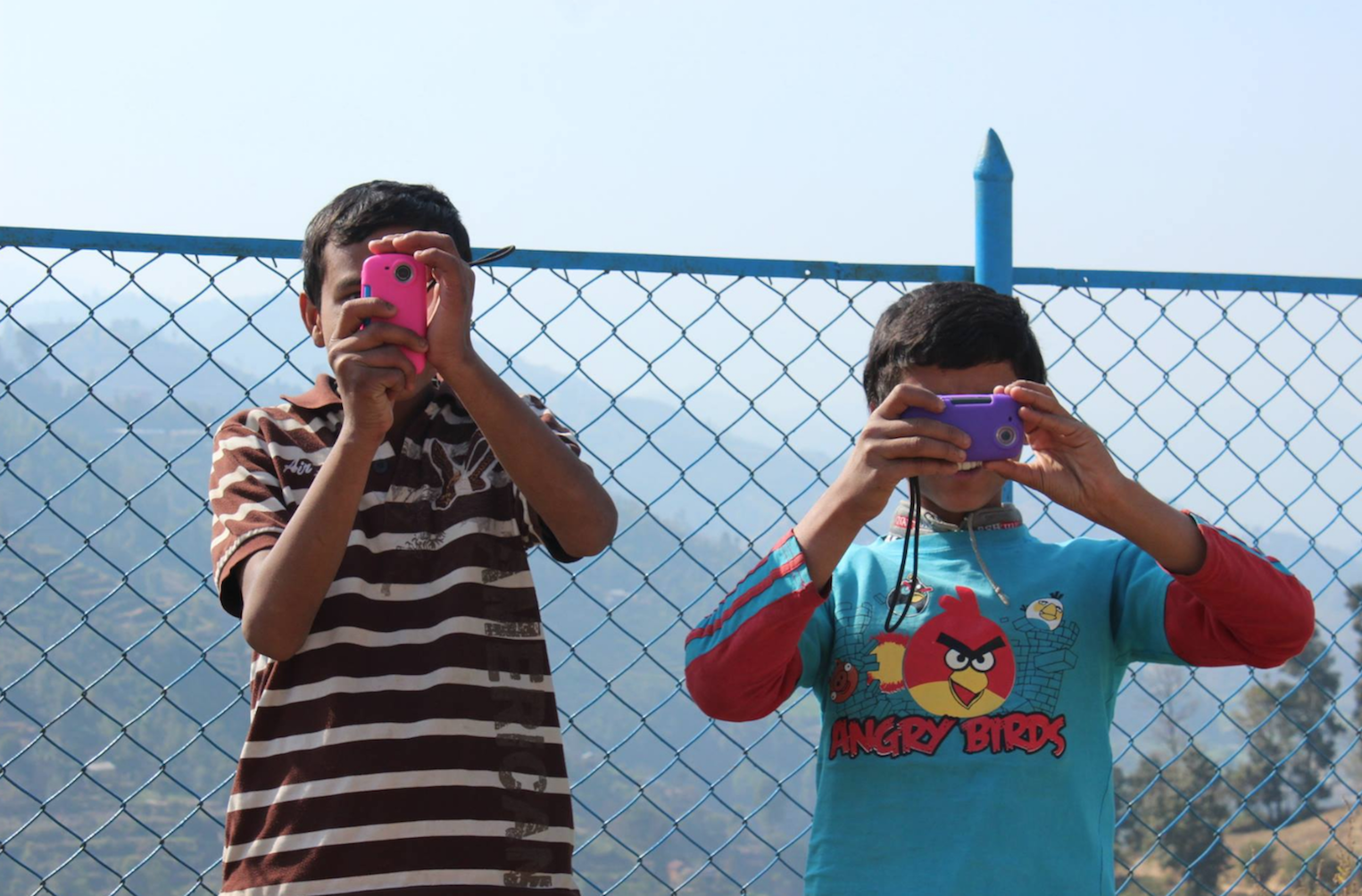To Film or Not To Film… Is That Really The Question?

It’s something you’ve probably heard before. Your response might have been to smile and tell your friend, “aww you looked good in that picture,” but you respect their wishes and delete it. It’s a fairly common interaction — and yet packed with meaning around power and the ethics of representation. You and your friend have a shared bond of trust; you know each other so power is equally shared, and the capturing and discarding of images is done in a space where no one should feel coerced into being recorded on film. But, what if the power were unequal? Imagine if instead of photographing or filming your friend you were pointing the camera at a war refugee in a dilapidated camp. The dynamic immediately changes and becomes immensely more complex. You might ask yourself, “Is it appropriate for me to be filming this person?” or “do they feel like they have a choice?” This is a dilemma that many documentary filmmakers face every day. The question is whether to film something or not, but more significantly it’s how to film something.
So, let me break this down into three parts for you. First, we’ll go over some examples of ethical dilemmas faced by documentary filmmakers. Second, we’ll get into the ‘how to’ of ethics in the field with the help of members from our very own AUP community: Peregrine Olander, Ben Olander, Beth Grannis, and with special thanks to Mathieu Motta from the Multimedia Office, who jumpstarted my thought process around these issues.
Part I: A little context
Photo by Jakob Owens on UnsplashProper subject representation versus ethics has always been a heated topic in documentary filmmaking.
In one of the very first documentary films, Nanook of the North in 1922, director Robert J. Flaherty famously cobbled together photogenic people into false family groups that he dressed in traditional Inuit garb. He instructed them to hunt with the spears of their ancestors instead of their own modern guns. The problem was that the public believed that it represented the reality of the Inuit people. This film had a huge impact on how the American public thought of the ‘Eskimos,’ and played a part in reinforcing cultural stereotypes. At the time, it was easy to turn off the cameras and leave without repercussions, but now the ‘subjects’ are starting to talk back.
In 2015, filmmaker Dominic Gagnon made a documentary entitled Of the North, in which he attempted to portray the ‘descendants’ of the original Nanook film in a more ‘realistic’ way. However, there was an incredible amount of backlash against his portrayal. Inuk throat singer Tanya Tagaq famously blasted the film for being “incredibly racist” in an article in one of Canada’s most widely read newspapers. Canadian CBC News reported that the film was pulled from the huge Quebec film festival RVCQ in the 2016 lineup due to widespread complaints from Inuit peoples. Stephen Agluvak Puskas, co-founder and former producer of Inuit radio show Nipivut and a project manager for Nunalijjuaq (a Montreal Inuit Action Research Project), told CBC News, "I think the problem is this film portrays this negative stereotype, but it does not give any context. It doesn't educate." In his statement he is referring to the fact that the film’s attempt to ‘portray reality’ is to use a mashup of racy YouTube videos of Inuit who are mainly playing in the snow, drunk, sometimes throwing up, and one very sexually explicit scene. CBC reports that the filmmaker claims to in fact have ‘never been to the North’ and that the film is supposed to represent ‘how the Inuit film themselves’ and ‘meant to ignite discussion.’ This is a great example of how a filmmaker, without even turning the camera onto the subjects himself, missed the mark on the ‘how to’ portray something department. If one doesn’t take the global context into account and use tact the backlash around a film can be formidable.
Director Gordon Quinn, who has been making documentaries since the 1960s, said that he sometimes turns off the camera or edits out footage that would shine a negative light on his subjects. In a great interview on the Ethics of Documentary Filmmaking, he discusses cutting out a section in a film where a Pakistani woman was speaking resentfully about the United States after her shop had been destroyed by an angry mob in the slew of hate-crimes against Muslims after 9/11. Gordon decided to cut out that section of the interview because he felt that the tension around the 9/11 attacks at the time was so high that many Americans would have accused her of willful animosity towards the States. Hence, unlike the director of the controversial film on the Inuit, he took his subject’s context into consideration, and made the decision to truncate the interview. This is where Truth (what really happened) and Ethics (the humane thing to do) might seem to clash, but are in fact more subtle when put into the context of how the audience would interpret the film at the time of screening.
Part II: A little advice
Two kids taking videos in Nepal with NGO Filmmakers Without Borders, Image Credit: Beth Grannis
Don’t cannonball! Wade into their pool.
AUP alumnus Beth Grannis says: “If you are the one swimming into someone else’s pool, you can’t just do a cannonball! You have to wade in and listen and wait and see how it goes.” She is the co-founder and Deputy Director of Filmmakers without Borders, a non-profit that sends filmmakers to educate students on media and technology and has run programs in over ten countries in Africa, Asia, and Latin America. As a facilitator and educator in so many different contexts, Mrs. Grannis is extremely grounded and sensitive to particular socio-cultural contexts. Implementing programs at such a large scale teaches one to focus on the process rather than the product. It involves multiple voices coming together, and evolves in a way that cannot be forced by a one person. This idea could serve as a reminder to the documentary filmmaker to humble themselves in the realization that ‘subjects’ in film could be dubbed ‘co-creators,’ because they are the multitude of voices that make up the documentary. Filming is an essentially collaborative act and therefore if one is not sensitive to those around us then the final product will not ring true.
Ben Olander, producer of Rien Que La Vérité (Congolese TV program for awareness around HIV/AIDs with a national viewership of 3 to 5 million a week), also emphasizes process over product when it comes to creativity. He says that “the language of art, especially theatre, filmmaking, and performance, is process,” and that storytelling inherently possesses a “language and structure for collaboration.” You see, because moving a story forward quite literally involves the interactions of different actors – and at its most abstract, the coming together of different ideas – collaboration is inherent in the art of storytelling. Hence, collaboration is inherent in the art of documentary filmmaking as well.
However, collaboration and process taken into account, most documentary films are inherently hierarchical in nature with one or several individuals making the final calls. As a matter of fact, it can even be an advantage for the director to be slightly outside of the context in which they are filming. Peregrine Olander, line producer on Rien Que La Vérité, visual storyteller, Multimedia Producer, and Photographer for AUP, reminds us of a great expression that encapsulates this sentiment. “When you ask a fish to describe water, how can a fish do it?” This means that those who are so encapsulated by a particular context are less apt to see it for what it is. Standing ‘outside of the water’ the filmmaker can ideally plunge in and out to both illustrate the subtleties of that reality and simultaneously describe it to the other outsiders who will be watching the film. Though it should be noted that typically with documentaries the audience is not from the exact same context as the subjects.
Therefore, in documentary filmmaking Context and Collaboration are key to ethics in filming.
Lastly, as director Gordon Quinn famously said, “If you are not invisible don’t pretend to be invisible.” When you are filming always remember to maintain a healthy dose of humility and self-awareness: you are trying your best to portray a particular situation of which you will always have a slightly incomplete knowledge. But, being perfect is not the point. The point is to create art — with awareness.









